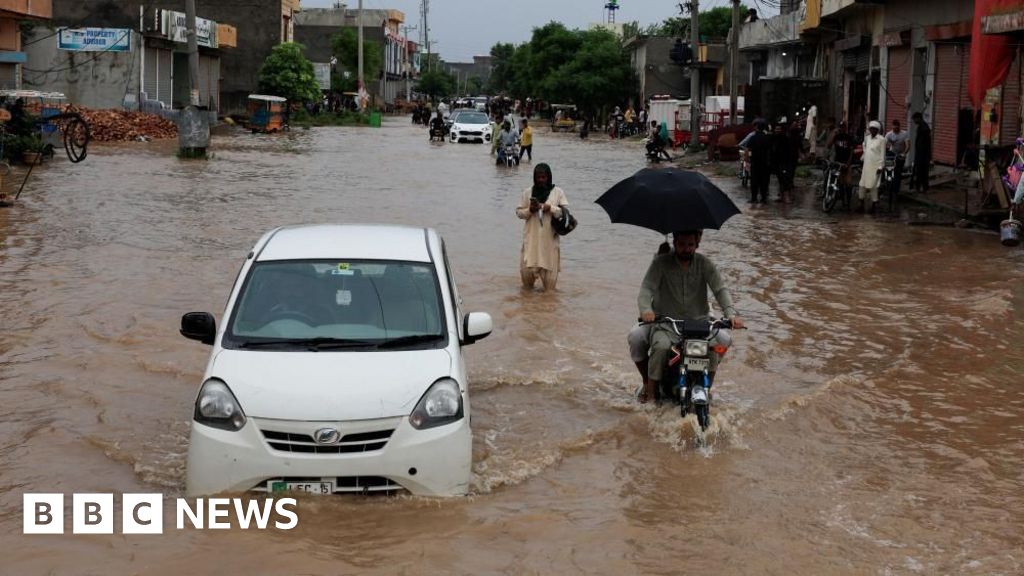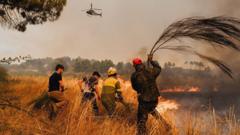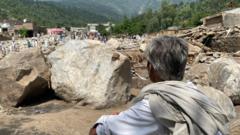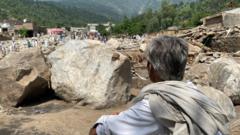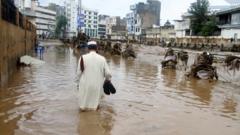The first alarming indicators of impending disaster at the Jet Set nightclub in Santo Domingo arrived around midnight when droplets of plaster and water from the ceiling began to fall onto the crowd. Patrons, including bankers, politicians, and former athletes, were gathering for a live concert, unaware of the catastrophe about to unfold. Just 40 minutes later, a large section of the ceiling crashed down, splitting a table in two and serving as a final warning. Shortly after, the roof caved in, resulting in 232 deaths and trapping nearly 200 others beneath heavy debris.
The Jet Set tragedy has shocked the Dominican Republic, prompting criticism of the government's failure to regularly inspect aging buildings. Over the past few years, at least seven other structures, including furniture stores and office buildings, have collapsed with deadly outcomes. Nelson Pimentel, a 65-year-old witness, recounted the ominous signs he observed before the collapse, highlighting that despite the warning signs, the loud music and raging party atmosphere drowned out critical noises.
Despite the party vibe, the apparent structural deficiencies failed to go unnoticed. “When the first piece fell with the water, I looked up and saw what looked like repairs. I work in construction, and I can tell you: that construction looked very old,” Pimentel reflected. He mentioned that when the larger slab fell, people only had 15 seconds to escape, and tragically, ten of his friends could not.
The investigation continues to assess whether sound vibrations, combined with the weight of heavy equipment, contributed to the catastrophe. The incident has reignited discussions on building regulations and the need for heightened safety inspections in the Dominican Republic.
The Jet Set tragedy has shocked the Dominican Republic, prompting criticism of the government's failure to regularly inspect aging buildings. Over the past few years, at least seven other structures, including furniture stores and office buildings, have collapsed with deadly outcomes. Nelson Pimentel, a 65-year-old witness, recounted the ominous signs he observed before the collapse, highlighting that despite the warning signs, the loud music and raging party atmosphere drowned out critical noises.
Despite the party vibe, the apparent structural deficiencies failed to go unnoticed. “When the first piece fell with the water, I looked up and saw what looked like repairs. I work in construction, and I can tell you: that construction looked very old,” Pimentel reflected. He mentioned that when the larger slab fell, people only had 15 seconds to escape, and tragically, ten of his friends could not.
The investigation continues to assess whether sound vibrations, combined with the weight of heavy equipment, contributed to the catastrophe. The incident has reignited discussions on building regulations and the need for heightened safety inspections in the Dominican Republic.
















